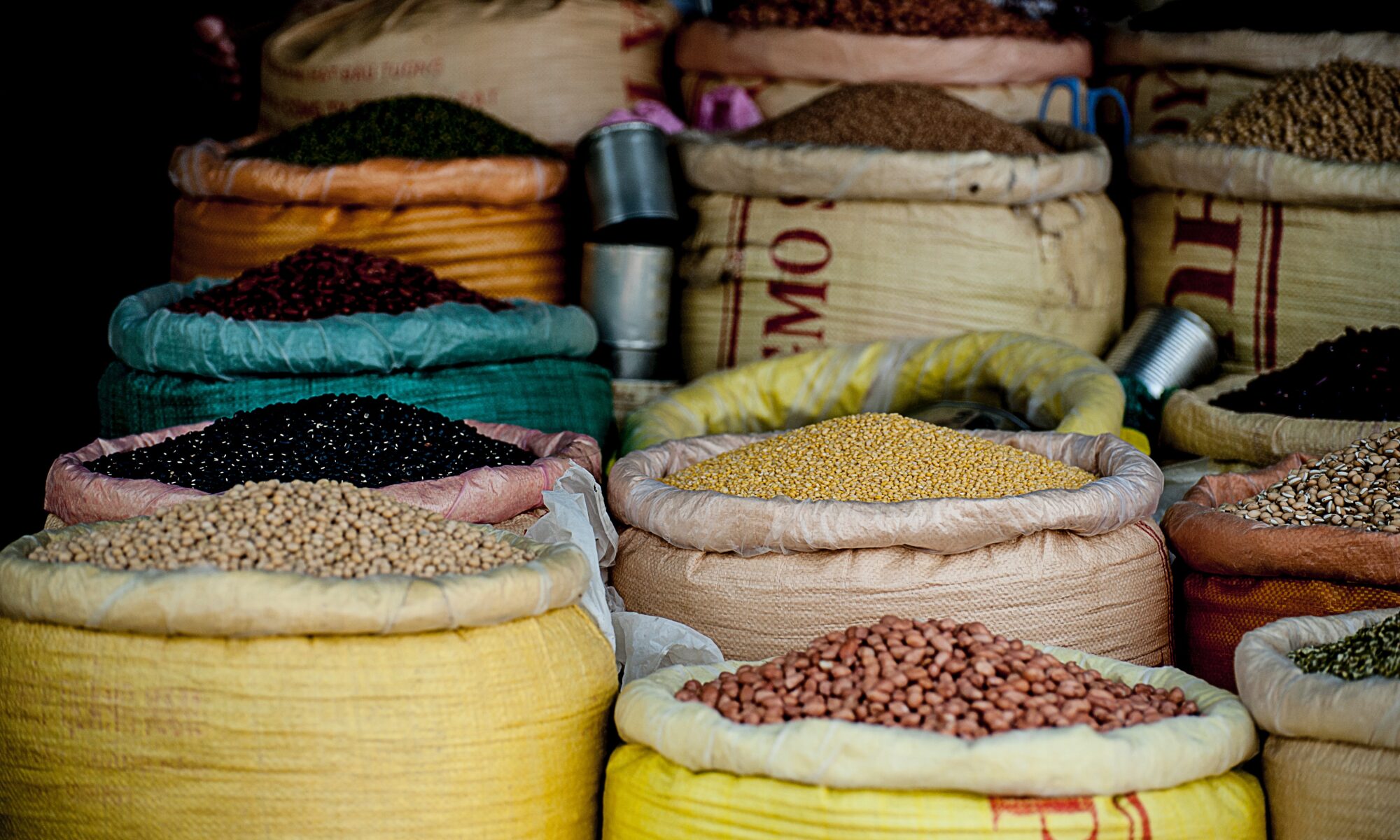How many carbs should you eat each day? (Depends on type of carb, medical history, and so on.)
What, exactly, is the Mediterranean diet? (Depends on who’s talking.)
What, in the name of all that’s healthy, is a “macronutrient?” (Now that we can answer.)
Macronutrients are substances that our body needs in large amounts (hence ‘macro’). They help us grow and thrive. Macronutrients include fats, carbohydrates, and proteins.
They provide the energy our body needs. Whether we’re sleeping, singing, or skiing, our body needs fuel. Our fuel is measured in calories. The macros provide our calories, but important to note that they’re not all the same:
- There are 4 calories in a gram of carb or protein.
- There are 9 calories in a gram of fat.
Once we consume and digest the macros, they break down in our bodies:
- carbs into sugars
- fats into fatty acids and glycerol
- proteins into amino acids
For prediabetics, it’s primarily the sugar from the carbs that our bodies are having a hard time using properly.
It doesn’t matter if we eat candy or quinoa, they both turn into sugar, which fuels our body. But, quinoa take longer to break down and makes our bodies work harder in the digestion process. The candy barely says hi before it breaks down into sugar and dumps into our bloodstream.
Examples of fat-containing foods:
- Butter
- Ice cream
- Potato chips
- Fried foods
- Cream
- Pastries
Examples of carbohydrate-containing foods:
- Bread
- Rice
- Grains (quinoa, oats)
- Crackers
- Bananas
- Candy
Examples of protein-containing foods:
- Fish
- Beef
- Poultry
- Beans
- Eggs
- Cheese
We need fats, carbs, and proteins. But we can choose healthy versions of each.
For instance, olive oil is better than butter as a fat. Nuts are better than chips, and a lean pork chop is better than fatty sausage.
Whole grains like quinoa and steel cut oats are better than donuts or pancakes. Berries are a good choice—soda and fruit juice are not.
Red meats with lots of fat and whole milk products are not the healthiest protein choices. Free-range chicken, wild salmon, or beans are better for us.
Micronutrients are minerals and vitamins required in our diets, but in small amounts, such as iron, vitamin A, and zinc (the list is long).
Our bodies require quite a bit of some minerals, including calcium, potassium, sodium, and a few others. They’re actually considered macronutrients, due to the amount we should take in each day. Because they’re minerals, they often get tossed into the micronutrient section for discussion.
We take in micronutrients, or micros, through the food and liquids we consume. If our diet isn’t providing what we need, a nutritionist may recommend meeting our daily goal through supplements.
Ask your healthcare provider to refer you to a registered dietitian/nutritionist. Your body’s requirements are specific to, well, your body.
We can chat about healthy choices in general, but percentage of this and amount of that will be found through recommendations by an expert and trial-and-error by you as you change your way of eating.
We usually cite sources in posts as we go, but since the information is found in multiple publications it didn’t make sense. Instead, we’re recommending the Merck Manual for further reading.

